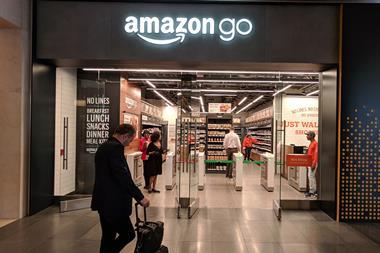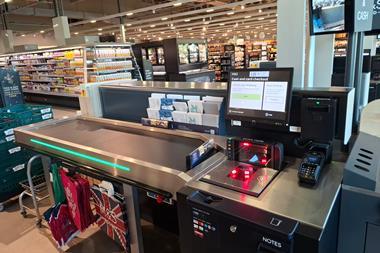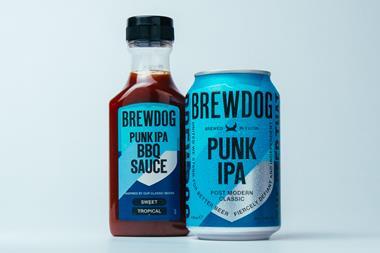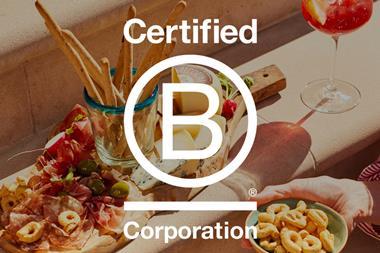
Retail is a game of convenience. When the UK’s first self-service supermarket opened in 1948, it came with new customs that shoppers found strange. Where was the trusted cashier? But the new store format quickly changed consumer shopping habits – and brands that adopted these habits early flourished.
When consumer habits change there is an opportunity – and the most influential consumer habit is undoubtedly the rise of smartphones. They are the connective tissue between inspiration and action. Consequently, increased connectivity has raised consumer expectations: they expect to find what they want quickly and easily.
Recent data from uSwitch shows a record £25bn will be spent by UK citizens via smartphones in 2019 – a 66% rise on 2018. The report also found that UK shoppers are now more likely to buy via a smart device than go to a shopping centre.
Currently, most UK grocers have apps existing independently from their websites, creating a complicated consumer experience. Retailers should create mobile experiences that cater to consumers’ desire for efficiency – seamless mobile experiences go a long way. Our research found that 79% of consumers say they’re more likely to revisit/share a mobile site if it’s easy to use.
Grocers can look across the pond for inspiration. Brands like Instacart and Amazon successfully disrupted the market by thinking convenience-first, allowing consumers to easily engage via smartphones.
With more than half of web traffic coming from mobile, there is a lucrative opportunity for retailers to create great experiences for smartphone shopping by focusing on speed and simplicity. Here are five things retailers should ask themselves about mobile.
Have you defined your KPIs?
You can’t improve your company’s mobile site performance without KPIs. Is mobile conversion rate improving over time? Is it in line with your mobile traffic? If 70% of customers hit your mobile website each month but only 35% complete a purchase on their phones, there’s a problem.
Is your site performance up to speed?
The average mobile web page loads in 15.3 seconds, and more than half of visits are abandoned if a mobile website takes more than three seconds to load. In retail, a one-second delay in mobile load times can impact conversions by up to 20%.
Are you using the right solutions?
Tools like accelerated mobile pages (AMP) and progressive web apps (PWA) allow you to create engaging sites that look beautiful and load instantly on every platform. The mobile checkout process can be simplified through platforms like Google Pay, which streamline the process and boost conversions. The closer you are to a one-click purchase experience, the better.
Are you continually testing?
The only way to know what your customers want is to give them multiple options and see what performs better over time. Continuous A/B testing is a hallmark of nearly every successful online company. For example, every day Booking.com runs a thousand A/B tests, and Amazon changes its prices over 2.5 million times a day.
Are you thinking like a customer?
There’s no substitute for hands-on testing. Experiencing the site the way your customers do will reveal pain points far more effectively than poring over data. Then ask your team: Is this what customers really want? If not, it’s time for a change.








![The Fresh Pantry Bondi May 17 2019[6]-6](https://dmrqkbkq8el9i.cloudfront.net/Pictures/380x253/7/7/1/162771_thefreshpantrybondimay17201966_947239_crop.jpg)










No comments yet